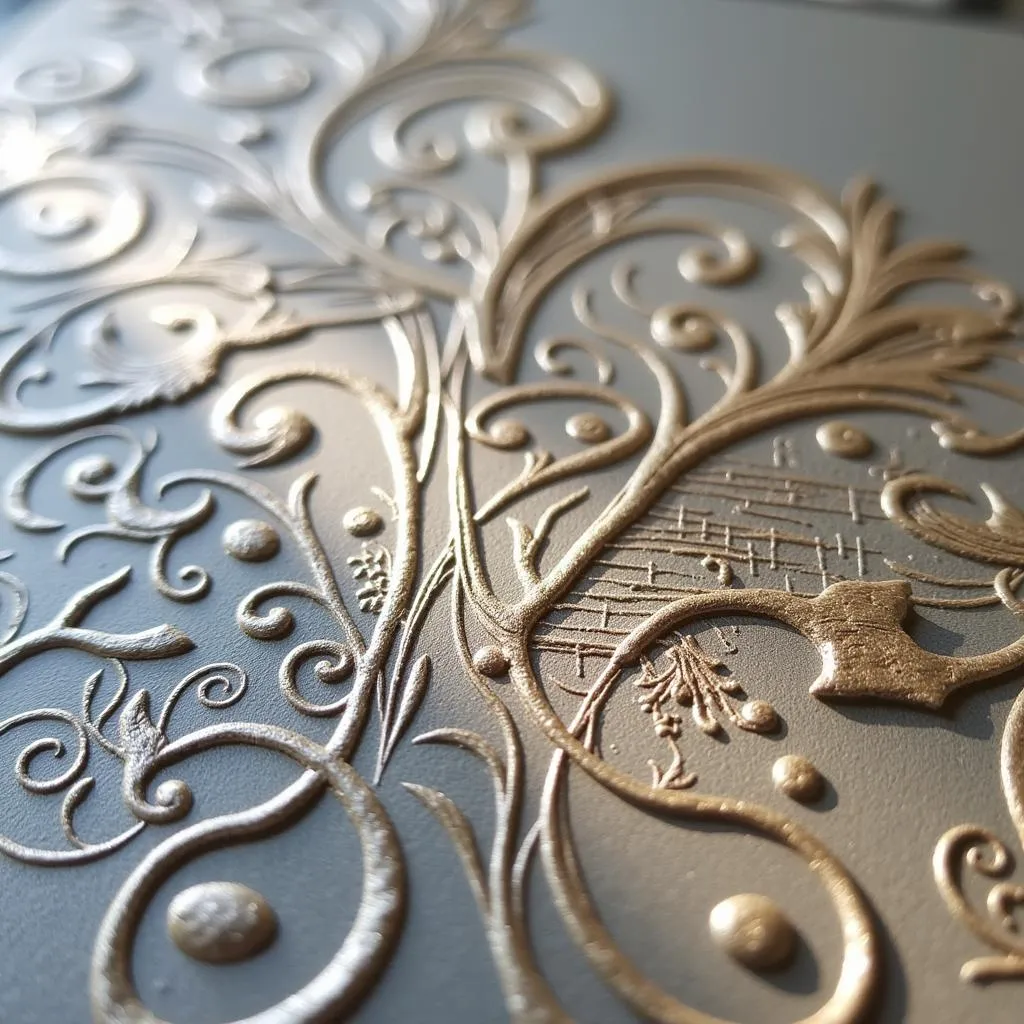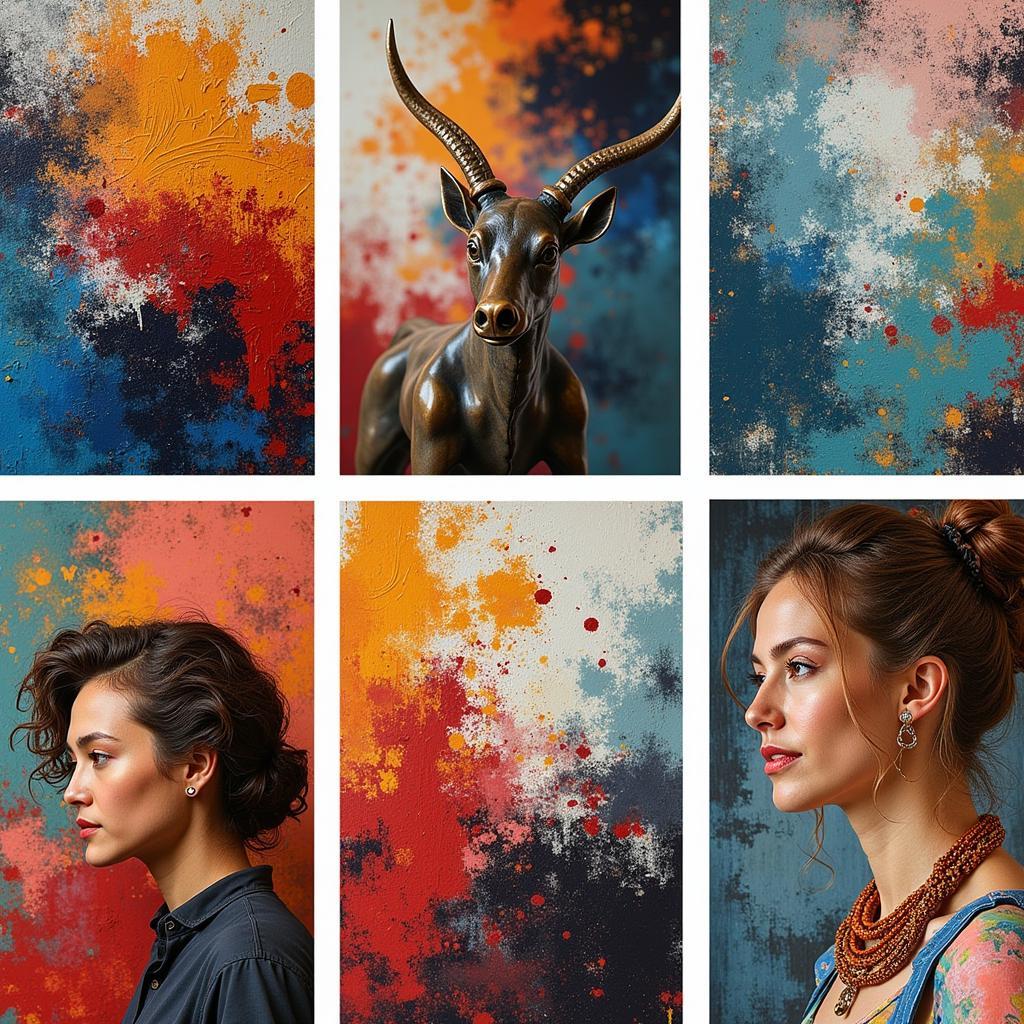Mega Man Legends Art: A Look at a Unique Visual Style
The world of video games is filled with iconic imagery, but few are as instantly recognizable as the art style of Mega Man Legends. This beloved PlayStation classic captured the hearts of players with its quirky charm, engaging story, and groundbreaking 3D graphics. Today, “Mega Man Legends Art” continues to inspire artists and fans alike, serving as a testament to the enduring power of creative world-building and innovative art direction.
A Bold Departure: From Side-Scrolling Pixels to 3D Adventures
Mega Man Legends, released in 1997, marked a significant departure for the franchise, transitioning from its 2D side-scrolling roots to a fully realized 3D environment. This shift presented both challenges and opportunities for the game’s art team, who were tasked with translating the essence of the Mega Man universe into a new dimension while pushing the boundaries of what was possible on the PlayStation console.
The Allure of Cel-Shading: Capturing the Spirit of Anime
One of the most striking aspects of Mega Man Legends’ visual style is its use of cel-shading, a technique that mimics the look of hand-drawn animation. This decision was a deliberate one, as the developers drew inspiration from Japanese anime and manga, which were gaining popularity worldwide at the time.
Cel-shading gave Mega Man Legends a distinct visual identity, setting it apart from other 3D games of the era. By simplifying the color palette and outlining characters and objects with bold black lines, the game achieved a timeless cartoon aesthetic that has aged remarkably well.
More Than Meets the Eye: Expressing Emotion Through Simplicity
While Mega Man Legends’ visuals may appear simple at first glance, the art style is surprisingly effective at conveying emotion. The characters, despite their somewhat exaggerated proportions and minimalist features, possess a remarkable expressiveness. Through subtle animations and nuanced facial expressions, the game manages to tell a compelling story filled with humor, heart, and even moments of genuine pathos.
Leaving a Legacy: The Enduring Influence of Mega Man Legends Art
Though the Mega Man Legends series remains dormant, its artistic legacy continues to resonate with both gamers and artists. The game’s unique blend of 3D environments and cel-shaded characters has inspired countless fan creations, from illustrations and paintings to 3D models and animations.
Moreover, Mega Man Legends’ visual style has influenced other games and media, demonstrating the lasting impact of its innovative approach to art direction. The use of cel-shading, once considered a niche technique, has become a staple in the gaming industry, with titles like The Legend of Zelda: The Wind Waker and Borderlands showcasing its versatility and aesthetic appeal.
FAQs:
Q: What other games have a similar art style to Mega Man Legends?
A: Games like Jet Set Radio Future, The Legend of Zelda: The Wind Waker, and Okami share some visual similarities with Mega Man Legends, particularly in their use of cel-shading and vibrant color palettes.
Q: Where can I find more Mega Man Legends art?
A: Online art communities like DeviantArt and ArtStation are excellent resources for finding fan-created artwork inspired by Mega Man Legends.
Q: Was Mega Man Legends the first game to use cel-shading?
A: While Mega Man Legends popularized the technique, it wasn’t the first to use it. Earlier examples include games like Donkey Kong Country and NiGHTS into Dreams.
Need help? Contact us!
For any assistance or inquiries, please reach out to us at:
- Phone: 02462573573
- Email: [email protected]
- Address: Savico Megamall, 7-9 Đ. Nguyễn Văn Linh, Gia Thụy, Long Biên, Hà Nội 10000, Việt Nam.
Our customer support team is available 24/7 to assist you.
porsche art prints and game room wall art are just a few examples of the diverse art styles we offer. Be sure to check out our collection for more inspiring artwork. You might also enjoy our article on beautiful mermaid art for a different take on video game-inspired aesthetics.


